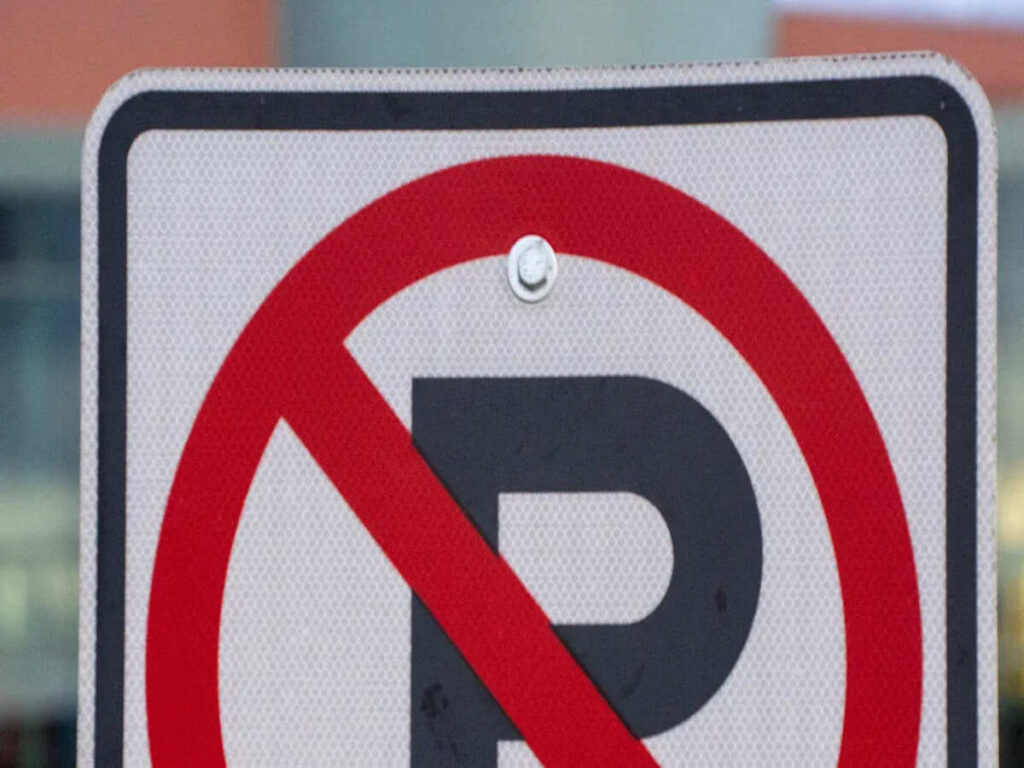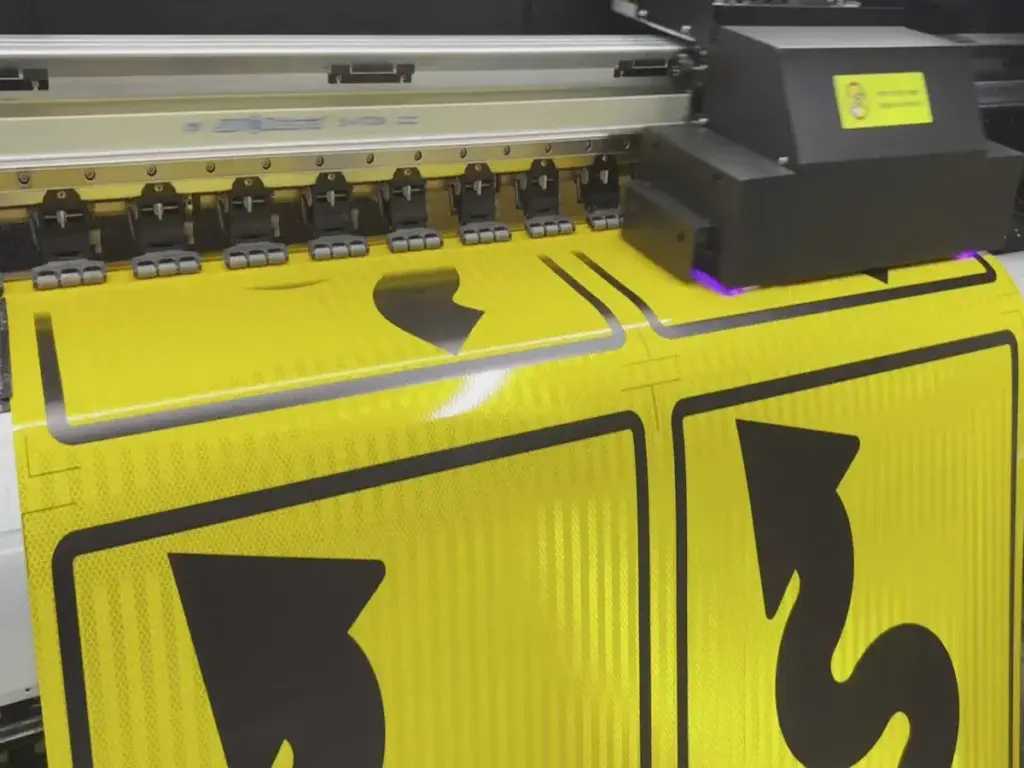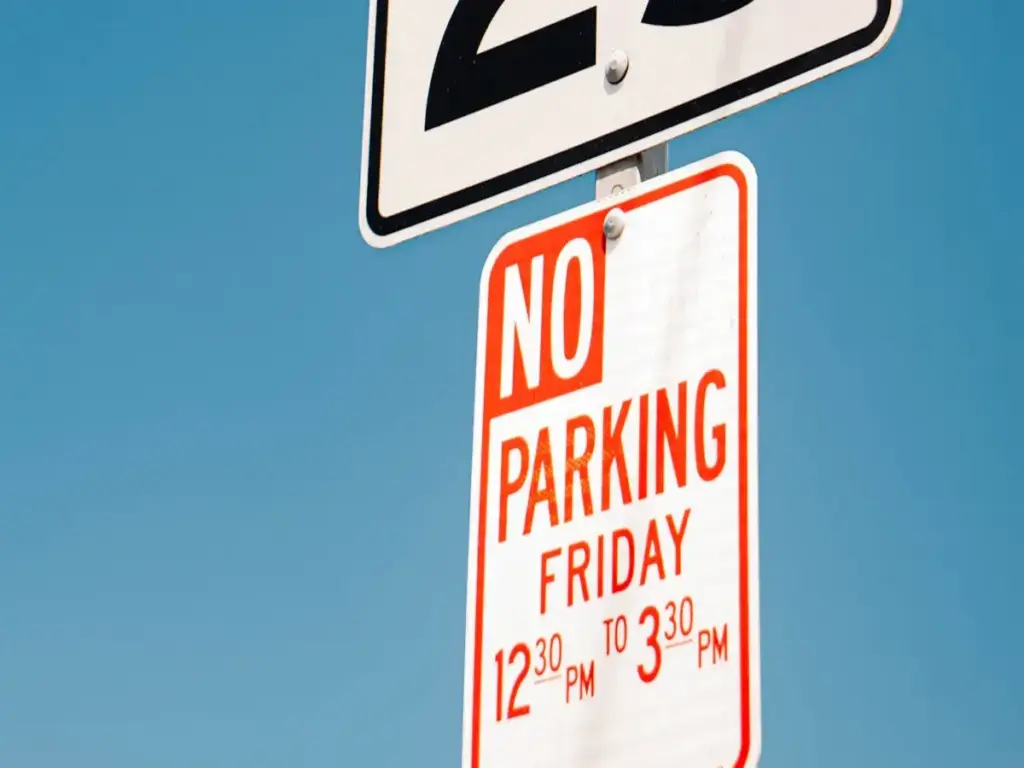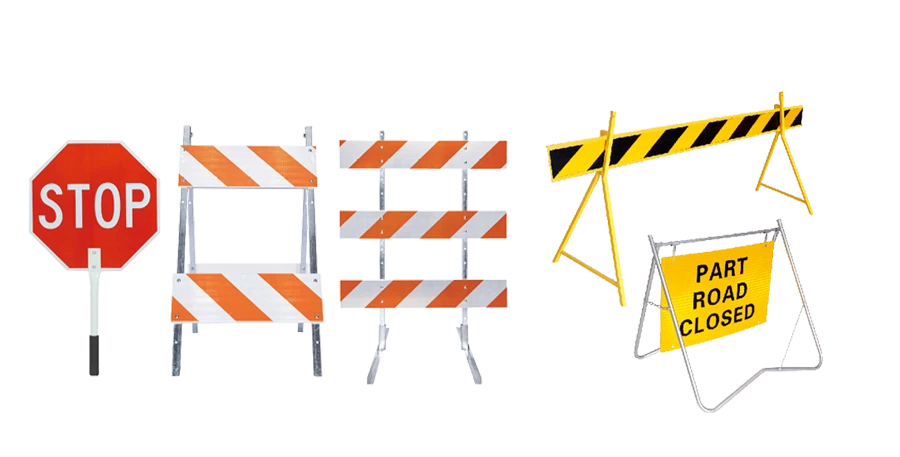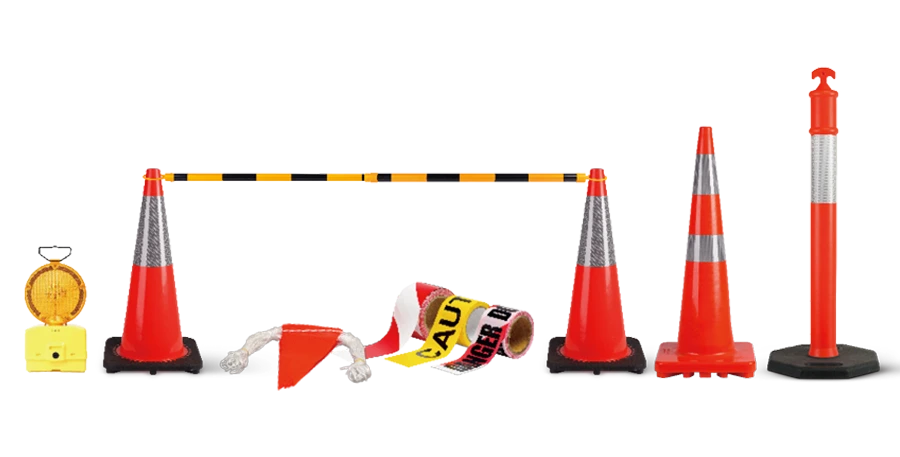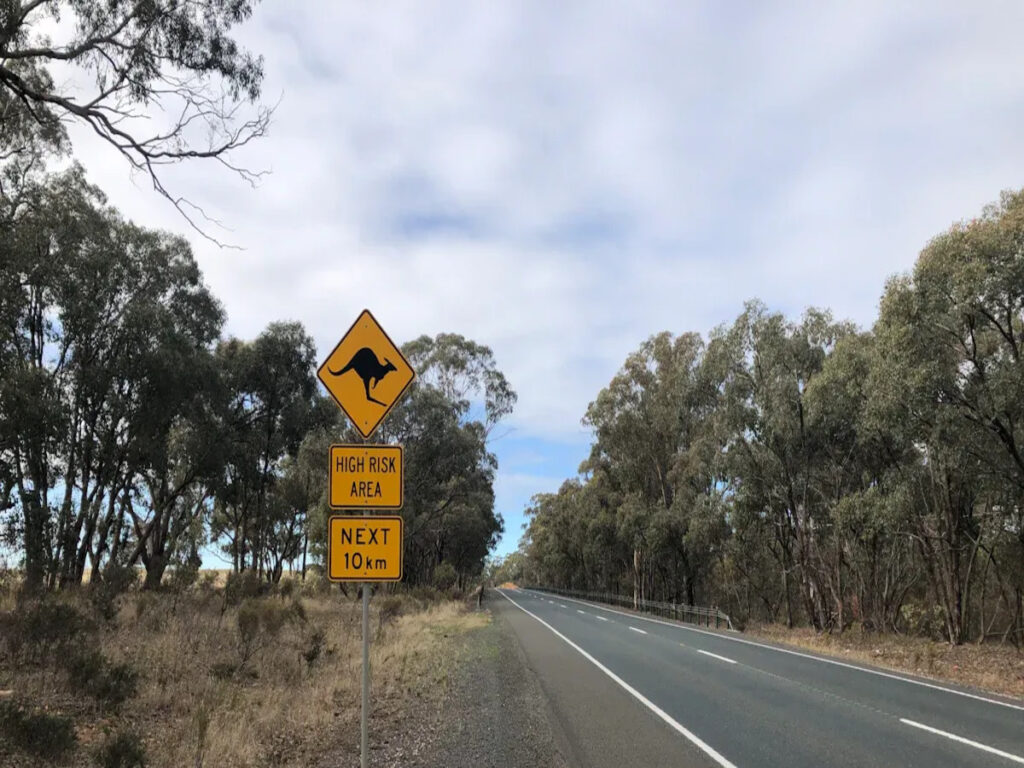
Choosing proper sign post brackets is key for road safety in Australia. The environment is tough, with strong sunlight and salty air. These conditions can damage brackets, making road signs unstable. Strong brackets keep signs safe and easy to see. This helps prevent accidents and follows local rules. Picking sturdy materials and good designs improves safety and lasts longer.
For durable and reliable road sign solutions that can withstand Australia’s harsh conditions, OPTRAFFIC offers high-quality traffic sign post brackets designed to ensure long-term performance and safety.
Key Takeaways
- Pick strong materials like aluminium or stainless steel to stop rust.
- Clean and check brackets often to avoid damage from salt or sun.
- Use brackets that can be adjusted for easy fixing or upgrades.
- Follow Australian rules to make sure brackets are safe and sturdy.
- Choose brackets made for the area, like UV coatings for hot places.
Environmental Challenges for Sign Post Brackets in Australia

Coastal areas and salt spray corrosion
Coastal places like Sydney, Melbourne, and Perth face salty air issues. Wind carries salt from the sea, which settles on sign post brackets. Over time, this causes rust and weakens the brackets. Rusty brackets don’t last long. Picking materials that resist rust is important for strong road signs.
Tip: Use marine-grade aluminium near the sea. It doesn’t rust easily and lasts longer in salty air.
Cleaning brackets often is also very helpful. Washing off salt can stop damage. This simple task can make your road signs last much longer.
UV exposure and extreme temperatures in inland regions
Inland areas like the Red Centre have very hot weather. The strong sunlight and big temperature changes can harm materials. UV rays make brackets weaker, and heat causes them to expand and shrink. This can damage the joints over time.
To handle this, pick brackets with UV-resistant coatings. Powder-coated brackets are great for protecting against sunlight. Also, choose designs that allow small movements. This helps brackets stay stable during temperature changes.
Note: Check brackets often in hot areas. Look for UV damage or cracks to fix problems early.
Storms and dust loads in northern and central areas
Northern and central Australia often have strong storms and lots of dust. High winds can push hard on sign post brackets, and dust can wear them down. These tough conditions need strong and secure brackets to keep roads safe.
Choose brackets made from strong materials like galvanised steel or stainless steel. These can handle strong winds and resist dust damage. Installing them properly, with strong fasteners, makes them even more stable.
Advice: Use modular brackets in stormy areas. They are easy to fix or upgrade, keeping traffic moving smoothly.
Industrial pollution in urban environments
Cities like Melbourne and Sydney deal with lots of pollution. Factories, cars, and building work release harmful chemicals into the air. These chemicals, like sulphur dioxide, can make sign post brackets rust faster. Over time, this weakens the brackets and shortens their life.
Pollution often mixes with moisture to create acidic substances. These acids stick to metal and cause rust and damage. This problem is worse in busy traffic areas or near factories. Picking strong materials and protective coatings can help solve this issue.
Tip: Stainless steel brackets work well in cities. They resist rust from acidic pollution and stay strong for years.
How to protect sign post brackets in polluted areas:
- Use protective coatings: Powder coatings or anti-rust treatments can block harmful chemicals.
- Choose durable materials: Use galvanised steel or stainless steel for better pollution resistance.
- Regular maintenance: Check brackets often for rust. Clean them with mild soap to remove dirt and chemicals.
Advice: In polluted areas, use modular brackets. They are easy to replace, saving time and money.
By using the right materials and caring for them properly, you can protect sign post brackets from pollution. This keeps road signs strong, lasting longer, and visible for everyone.
Key Features of Durable Sign Post Brackets
Material selection for corrosion resistance
Picking the right material for sign post brackets is very important. Strong materials last longer in Australia’s tough weather. They stop rust, UV damage, and weakening from heat or rain.
- Metals like galvanised steel and stainless steel fight rust well. They work great in salty coastal areas.
- UV-protected plastics and weatherproof coatings add extra defence. These are useful in sunny or stormy places.
- Steel brackets with coatings stay strong for years. They are perfect for heavy traffic signs.
Using materials made for harsh conditions makes brackets last longer. This also lowers the cost of fixing or replacing them.
Tip: Choose brackets with UV-resistant coatings. This stops fading and keeps signs clear and easy to read.
Adjustability for various sign types
Adjustable brackets are flexible and easy to use. They work for many kinds of road signs. You can set signs at different angles or heights for better visibility.
- Interlocking designs let you adjust signs securely.
- Adjustable brackets control how tightly they hold signs. This helps them stay steady in bad weather.
This flexibility meets safety rules and fits Australian roads’ needs. Whether it’s a warning or direction sign, adjustable brackets make installation simple.
Advice: Use adjustable brackets in windy areas. They keep signs steady and visible during storms.
Ease of installation and maintenance
Easy-to-install brackets save time and effort. Designs that are simple to fix also reduce traffic delays. Maintenance-friendly brackets make repairs quick and easy.
| Feature | Description |
|---|---|
| Breakaway Devices | Lightweight posts improve safety and are easy to repair. |
| Installation Method | Posts driven into the ground are simple to remove if damaged. |
| Repair Process | Broken posts can be replaced quickly using base sleeves. |
These features make brackets easier to install and maintain, especially in busy areas. Choosing user-friendly designs ensures safety and long-lasting performance.
Note: Clean and check brackets often. This stops small problems from becoming big ones.
Recommendations for specific Australian climates
Australia has many different climates, so choosing the right sign post brackets is important. Each area has its own challenges. Picking the best materials and designs helps keep signs strong and safe.
Coastal Regions: Fighting Salt and Rust
Places near the sea, like Sydney and Perth, have salty air. This salty air makes brackets rust faster and weakens them. To stop this, use marine-grade aluminium. It doesn’t rust easily and works well in salty areas. Cleaning the brackets often removes salt and helps them last longer.
Tip: Add anti-rust coatings to brackets in coastal areas. This simple step makes them last much longer.
Inland Areas: Protecting Against Sun and Heat
Inland places, like the Red Centre, are very hot and sunny. The strong sunlight and changing temperatures can damage brackets. Use UV-resistant coatings to protect them. Powder-coated galvanised steel is a good choice. It handles sunlight and heat changes well. Flexible designs also help stop cracks caused by temperature changes.
Advice: Check brackets often in hot areas. Fix UV damage early to avoid bigger problems.
Northern and Central Regions: Standing Up to Storms and Dust
Northern and central Australia have strong storms and lots of dust. These tough conditions need strong brackets. Stainless steel is a great option because it is strong and doesn’t wear out easily. Modular brackets are also helpful. You can replace broken parts without taking everything apart.
Urban Environments: Protecting Against Pollution
Cities like Melbourne and Brisbane have a lot of pollution. Chemicals in the air can make metal brackets rust, especially when it’s wet. Stainless steel with protective coatings works best in these areas. Cleaning and re-coating the brackets regularly keeps them strong for a long time.
Note: Use modular brackets in cities. They are easy to fix or replace without causing traffic problems.
By choosing the right sign post brackets for each area, you can keep road signs safe, clear, and long-lasting.
Compliance with Australian Standards for Road Signs
AS/NZS 1906 standards for bracket materials
The AS/NZS 1906 rules ensure brackets meet strict quality needs. These rules focus on strength and visibility for safer roads. Brackets must not rust, handle tough weather, and hold signs well. Strong materials like galvanised steel and stainless steel meet these rules because they resist rust and last long.
Always check if your brackets follow AS/NZS 1906. This ensures road signs stay secure and easy to see, even in bad weather. Using approved materials also lowers repair costs and makes signs last longer.
Wind load requirements under AS/NZS 1170.2
AS/NZS 1170.2 sets rules for how brackets handle strong winds. These rules test how signs and brackets perform in windy areas. They look at wind speed, direction, and sign size. In stormy places like northern Australia, these rules are very important.
Tests show that wind hits edges and corners harder than expected. AS/NZS 1170.2 gives good estimates but may miss some tricky spots. To follow these rules, pick brackets made for strong winds. This keeps signs steady and stops accidents during storms.
State-specific guidelines from VicRoads and RMS
Each state in Australia has its own rules for sign brackets. VicRoads in Victoria and RMS (now Transport for NSW) in New South Wales give clear instructions. These rules match national standards but focus on local needs. For example, NSW coastal areas need rust-proof materials, while Victoria needs brackets for heavy traffic.
Check your state’s rules before putting up road signs. Following them keeps you within the law and improves safety. It also avoids fines and ensures signs guide drivers properly.
Certification and quality assurance
Picking the right sign post brackets needs proper certification. Certified brackets follow strict rules to work well in tough conditions. Using certified brackets ensures road signs stay safe and easy to see.
Why Certification is Important
Certified sign brackets meet Australian standards like AS/NZS 1906 and AS/NZS 1170.2. These rules test how strong and durable the brackets are. They check if brackets can handle strong winds, sunlight, and rust. Certification proves the brackets are reliable and less likely to fail.
Tip: Look for certification labels when buying brackets. This shows they meet the required standards.
What Quality Assurance Does
Quality assurance checks that all brackets are made to high standards. Makers test materials and designs carefully. They look for problems, test for rust resistance, and check how much weight brackets can hold. Good quality assurance means every bracket works well.
Ways to Check Certification and Quality
- Check Standards Compliance: See if brackets meet AS/NZS rules. This is often shown on labels or websites.
- Ask for Proof: Request certificates or test results from suppliers. These show the brackets passed important tests.
- Buy from Trusted Sellers: Choose reliable makers who focus on quality. They usually offer better products and support.
Note: Certified brackets might cost more but save money later. They need less fixing and last longer.
By choosing certified and quality-checked brackets, you make sure they are safe and strong. This helps roads stay safe and reduces the need for repairs.
Types of Sign Post Brackets and Their Applications
Galvanised steel for inland and urban areas
Galvanised steel brackets work well in cities and inland areas. They are coated with zinc through a hot-dip process. This zinc layer stops rust and makes the brackets last longer. These brackets are great for places with some rain or humidity. They also handle pollution in towns and cities without corroding.
Galvanised steel is strong and holds heavy road signs securely. It works well on highways or busy roads with lots of vibrations. Cleaning and checking them often keeps them in good shape for years.
To learn more about the benefits of galvanized steel versus stainless steel for road sign brackets, check out our blog: Stainless vs. Galvanized Steel Sign Brackets.
Marine-grade aluminium for coastal regions
Coastal areas need brackets that resist salty air and moisture. Marine-grade aluminium is perfect for these conditions. It has magnesium, which stops corrosion and keeps it strong. Aluminium doesn’t rust, so it’s great for places like Sydney or Perth.
This material is lightweight, making installation easier. Even though it’s light, it holds signs firmly in windy coastal areas. Washing off salt regularly helps these brackets last even longer.
Advice: Pick marine-grade aluminium brackets for coastal areas. They are durable and need little maintenance.
Stainless steel for extreme conditions
Stainless steel brackets are the best for tough environments. They handle high heat, strong storms, and pollution very well. Chromium in the steel forms a layer that stops rust and keeps it strong.
These brackets are ideal for stormy places like northern Australia. They also resist damage from chemicals in industrial areas. While they cost more, they last longer and need fewer replacements, saving money over time.
Note: For harsh conditions, stainless steel brackets are the best choice. They are strong, durable, and resist tough weather.
Modular designs for quick upgrades
Modular sign post brackets are a clever way to fix and improve road signs. They let you change or adjust parts without taking the whole bracket apart. This saves time and avoids delays, which is helpful on busy Australian roads.
Why Choose Modular Brackets?
- Easy to Replace: Broken parts can be swapped quickly. You don’t need to remove the full bracket, so repairs are faster.
- Adaptable: Modular brackets fit different sign sizes and types. Whether it’s a warning or direction sign, you can set them up easily.
- Money-Saving: Fixing only the damaged parts costs less than replacing everything.
Tip: Use modular brackets in stormy or accident-prone areas. Quick fixes keep roads safe and working well.
Uses in Australian Conditions
Australia’s weather and traffic need flexible solutions. Modular brackets work well in tough climates or busy places. For example:
- Stormy Regions: Northern Australia has strong winds that can bend signs. Modular brackets let you replace damaged parts fast.
- City Areas: Cities like Sydney and Melbourne benefit from modular brackets. They make upgrades easy when traffic needs change.
Important Features
Look for these features when choosing modular brackets:
| Feature | Benefit |
|---|---|
| Replaceable Parts | Makes repairs simple and reduces waste. |
| Movable Joints | Fits different signpost sizes and angles easily. |
| Strong Materials | Handles Australia’s tough weather, like UV rays and salty air. |
Advice: Pick modular brackets made from stainless steel or marine-grade aluminium. These materials last longer and work well in harsh conditions.
Choosing modular brackets helps prepare for future needs. This saves time and money while keeping roads safe across Australia.
Best Practices to Install Road Signs
How to install signs for stability
Putting up road signs the right way keeps them steady. Stability is important for safety, especially in windy or busy areas. Use strong materials and secure fasteners to handle tough conditions.
Make sure brackets are tightly attached to stop movement. Use tools like torque wrenches to tighten them properly. Don’t tighten too much, as this can break the brackets. In stormy places, use strong bases to hold the posts firmly.
Tip: Check if the sign is straight when installing. Straight signs are easier to see and safer for drivers.
Matching brackets with Australian signposts
Australian roads use specific posts like round or square ones. It’s important to match brackets to these posts for a good fit. Measure both the posts and brackets before starting to ensure they work together.
Adjustable brackets are helpful because they let you change the angle or height. This makes signs easier to see and follow rules. Modular brackets are also great for quick upgrades when traffic needs change.
Advice: Pick brackets made for Australian standards. They fit better and follow local rules.
Keeping signs in good shape
Regular care helps signs last longer and work well. Clean brackets to remove dirt, salt, and pollution that can cause rust. Check them often for damage to fix problems early and avoid big repairs.
Keep records of all maintenance work. Write down what was checked and fixed to spot repeated issues. Logs help plan better schedules and keep signs working longer. Regular checks also reduce downtime, keeping roads safe.
| Evidence Type | Description |
|---|---|
| Maintenance Tips | Cleaning and checking brackets makes them last longer. |
| Maintenance Records | Records help track problems and plan repairs. |
| Performance Monitoring | Logs show when to fix or replace parts. |
Note: Always write down inspections and repairs. This helps plan better and keeps signs reliable.
By following these steps, you can install and maintain road signs easily. This keeps roads safe and traffic running smoothly.
Common installation mistakes to avoid
Avoiding mistakes during sign post bracket installation keeps signs safe. Errors can cause problems and cost money to fix. Here are some common mistakes to watch for:
- Using incompatible brackets and posts
Brackets must match the signpost type. Wrong brackets can make signs unstable or fall. Measure both the post and bracket sizes before installing. - Over-tightening fasteners
Tight bolts can break brackets or posts. This weakens the setup and makes it unsafe. Use a torque wrench to tighten bolts correctly. - Ignoring environmental factors
Weather affects brackets over time. Untreated steel rusts quickly near the sea. Pick materials like marine-grade aluminium for salty air or stainless steel for tough weather. - Improper alignment of signs
Crooked signs confuse drivers and are hard to see. Check the sign’s angle and height during setup. Use a spirit level to make sure it’s straight. - Skipping regular maintenance checks
Some think brackets need no care after installation. This lets small issues, like rust or loose bolts, become big problems. Inspect brackets often to keep them working well.
By avoiding these mistakes, you can install brackets properly and make them last longer. Careful planning and regular checks help keep signs safe and effective.
Picking the right sign post brackets keeps roads safe and signs strong. Think about the weather in each area, like salty air by the sea or hot inland temperatures. Strong materials and proper designs make roads safer and cut repair costs. Always choose brackets that follow Australian rules for better reliability.
Buy road sign brackets from trusted sellers like OPTRAFFIC to get good quality. Clean and check them often to help them last longer. Smart choices like these make traffic safer and signs work better for everyone.
FAQ
What materials work best for sign post brackets near the sea?
Marine-grade aluminium is great for coastal areas. It doesn’t rust from salty air or water. Cleaning it often helps it last longer.
Tip: Use brackets with anti-rust coatings for extra protection near the sea.
How often should sign post brackets be checked?
Check brackets every six months. Look for rust, loose bolts, or UV damage. Regular checks keep them safe and lower repair costs.
Advice: In tough climates like coastal or stormy areas, check more often.
Can all road signs use the same brackets?
No, different signs need different brackets. Adjustable or modular brackets are good for many types of signs. They let you change the height or angle easily.
Note: Always pick brackets that fit the signpost type for better safety.
Why choose modular sign post brackets?
Modular brackets make repairs and upgrades easy. You can swap broken parts without removing the whole bracket. This saves time and money.
Emoji Tip: 🛠️ Modular brackets are perfect for busy roads where quick fixes are needed.
How do you follow Australian standards for brackets?
Look for labels showing AS/NZS certification. These labels prove the brackets are strong and safe.
Advice: Buy from trusted sellers who offer proof of certification.


